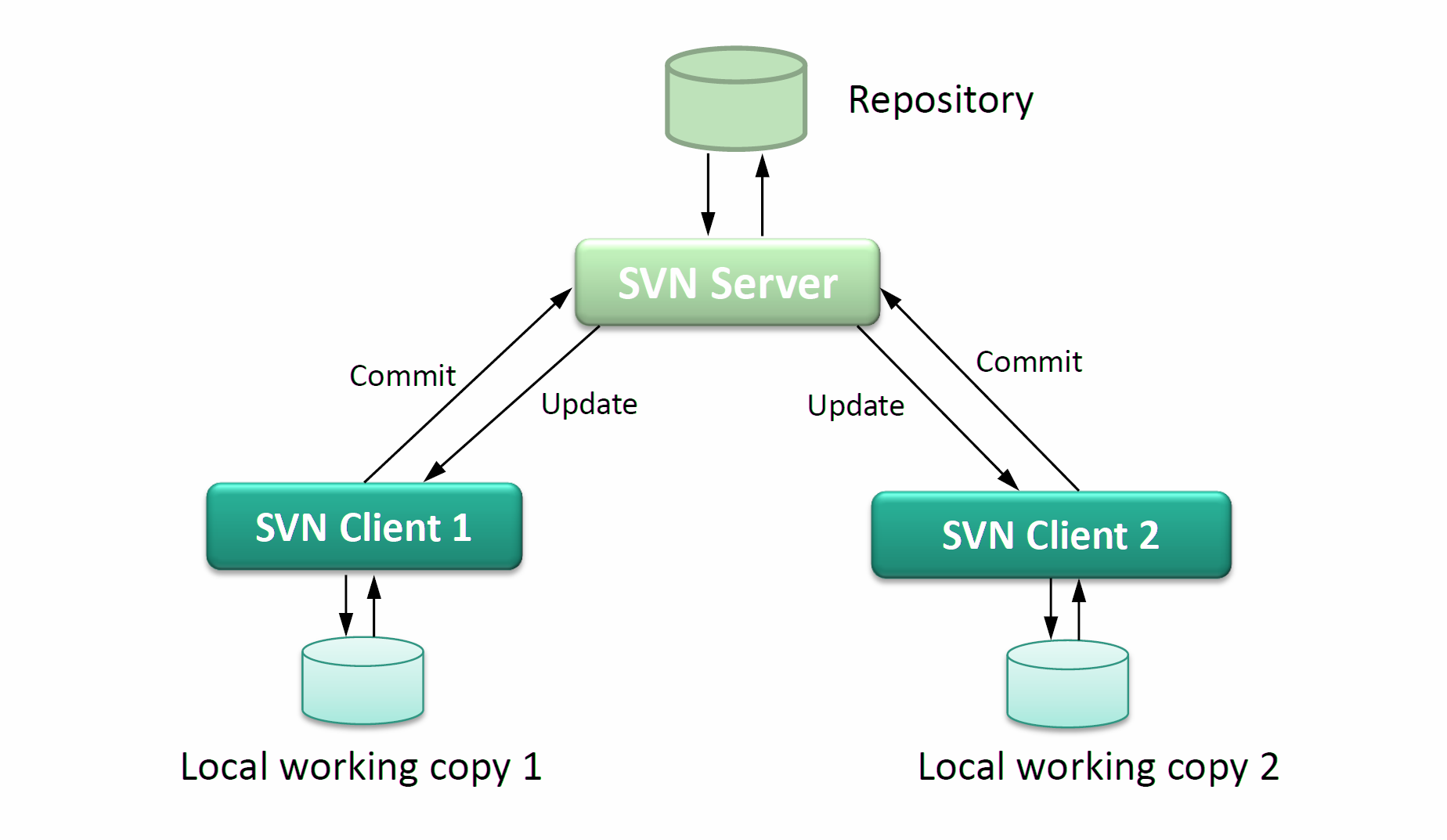

We recommend using a GUI tool such as TortoiseSVN but you can use any standard Subversion client with TaraVault (command-line or GUI-based) just as well. The next step is to actually connect to this repository using a Subversion client and commit some source code. So you should now have a TaraVault user/password and a Subversion project with a connection URL: This section assumes that you have already provisioned at least one Subversion project in TaraVault following the steps in Activating TaraVault and We shall illustrate this more closely when we get started in the next section. The same folders and files are typically stored inside each of the Branches, Tags and the Trunk. Unlike a branch, you cannot commit changes into a tag.Īn example setup for such a project could look like: You can use this to mark various releases. This is a check-point to indicate that your project has reached a certain point. For example you may be still fixing bugs on an older version whilst primary development is occurring on the latest version. You may still commit changes into these branches. These are used to denote older or non-primary versions of the Trunk. This is the main line of current development for the project.Ī Branch contains copy of the trunk files and directories. Trunk is the main folder containing all the data. These three concepts are explained below: For TaraVault to display its branches, folders, files and commits correctly in Spira you need to follow this layout for all your Subversion projects:
SUBVERSION ADMINISTRATION CODE
It is a general system that can be used to manage any collection of files, though it is often used for SCM, handling source code files Repository Layout ¶īefore we get started with using Subversion, we need to discuss the standard folder layout. Subversion, however, is not one of these systems.
SUBVERSION ADMINISTRATION SOFTWARE
These systems are specifically tailored to manage trees of source code and have many features that are specific to software development-such as natively understanding programming languages, or supplying tools for building software. Some version control systems are also software configuration management (SCM) systems. This allows you to recover older versions of your data or examine the history of how your data changed. That is, Subversion manages files and directories, and the changes made to them, over time. Subversion is a version control system (VCS) - also known as a revision control system (RCS).


 0 kommentar(er)
0 kommentar(er)
